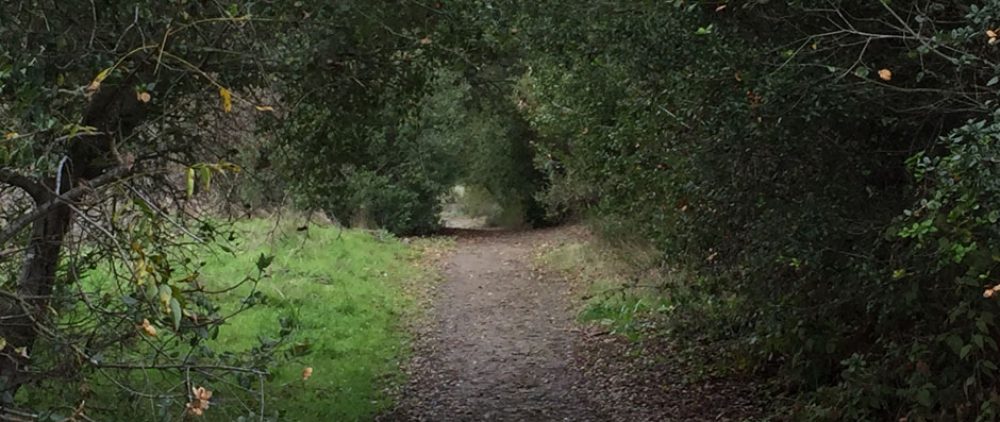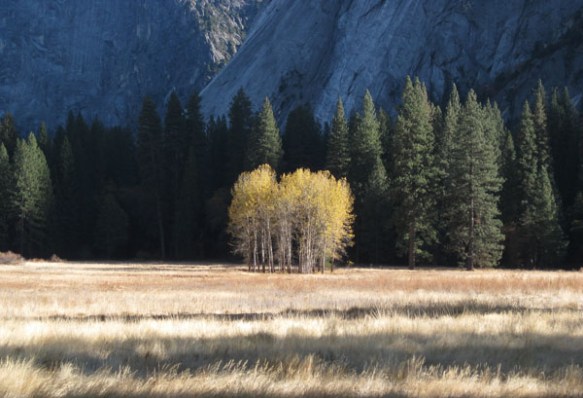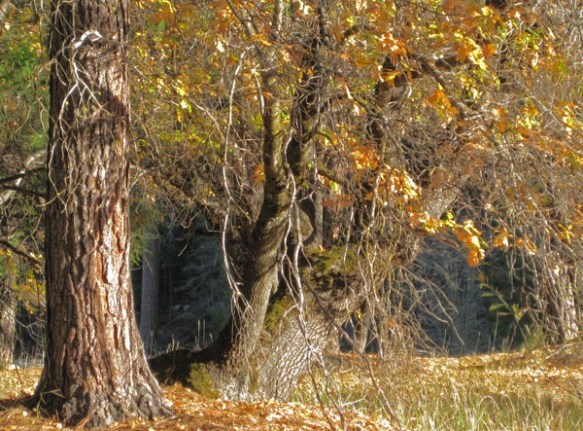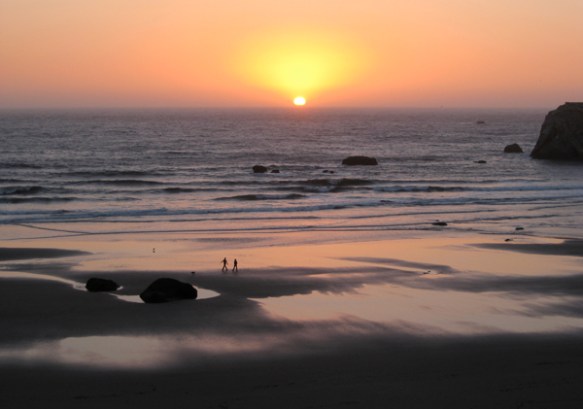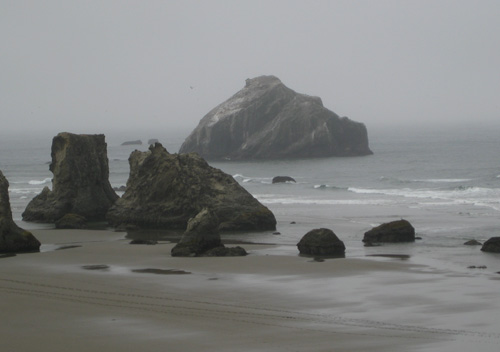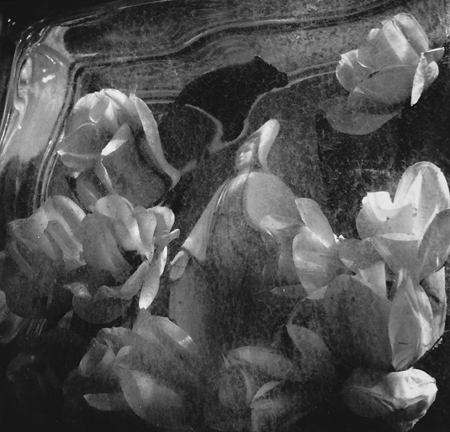
Wawona, Ca, Nov., 2017
If we have a bit of quiet time and pay attention at the turning of the year, we can feel a pause in the world and rest there.
It’s easier to experience this in the natural world, but what we truly long is a place of rest that is always available, unconditionally, a place we can visit any time, that won’t let us down. We only find this kind of refuge within.

Wawona, CA, Nov. 2017
Anam Thubten, a Tibetan Buddhist master insists that the simplest ways of meditation, though not easy, are are among the most profound:
“Try this. Pay attention to your breath in silence. Look at your mind. Immediately we see that thoughts are popping up. Don’t react to them. Just keep watching your mind. Notice that there is a gap between each thought. Notice that there is a space between the place where the last thought came to an end and the next one hasn’t yet arrived. In this space there is no ‘I’ or ‘me.’ That’s it.” (No Self, No Problem, 2009).
The “it” he refers to is the true nature of awareness – what we really are. The image given is the clear sky, unaffected by anything passing through it, just as clear, open awareness is not affected by any of the passing contents of consciousness.
Elsewhere, Anam Thubten gives this instruction: “Rest and let everything be as it is.”
Few of us can follow guidance like that without prior practice and the guidance of an experienced teacher. So what are we to do?

Wawona, CA, Nov., 2017
Chögyam Trungpa (1939 – 1987) was one of the first Tibetan Buddhist teacher to settle and teach in this country. A master in the same lineage as Anam Thubten, he left us a practice for working with the breath as a focus for meditation that is both simple and profound.
We place our attention on the outgoing breath, letting any tension flow out with it. At the end of the out breath, we let go and rest. We rest without effort in the gap between out breaths, knowing that the in breath takes care of itself. This cycle of focus and rest, effort and letting go, will lead our thoughts and distractions to settle sufficiently to be able to follow Anam Thubten’s instruction and simply “rest and let everything be as it is.”
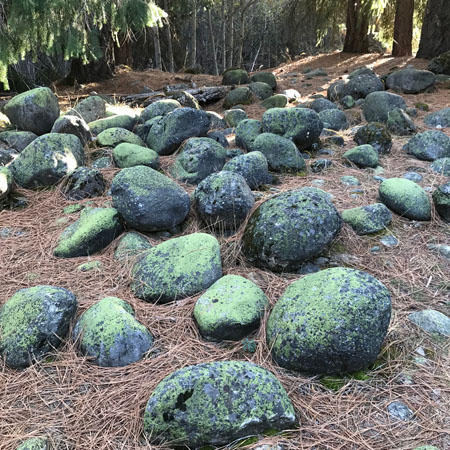
Wawona, CA, Nov, 2017
There are other ways to find the place of clarity and stillness within – this is one that works for me.
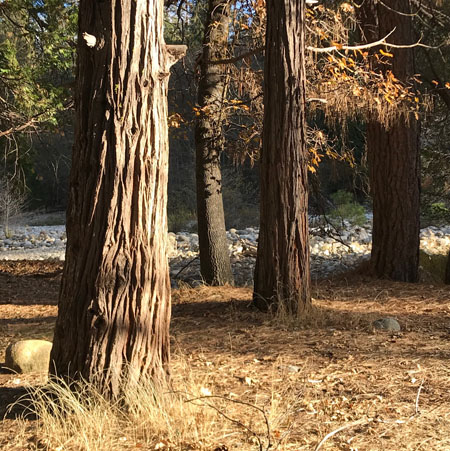
Wawona, CA, Nov. 2017
I wish you all a Happy New Year!
